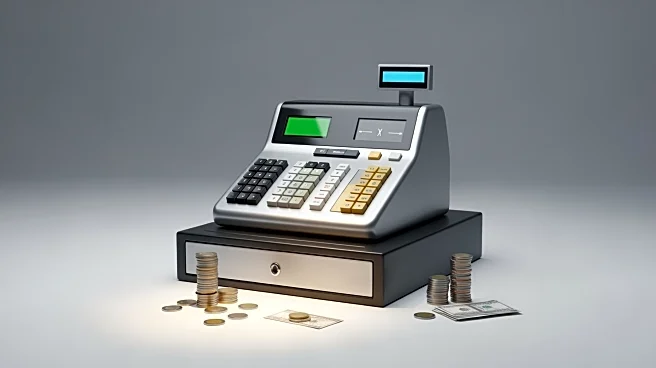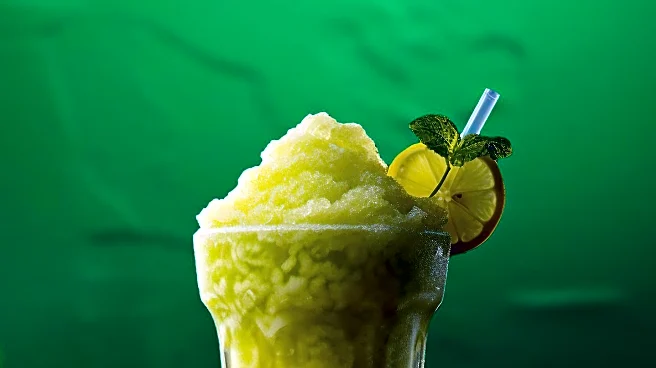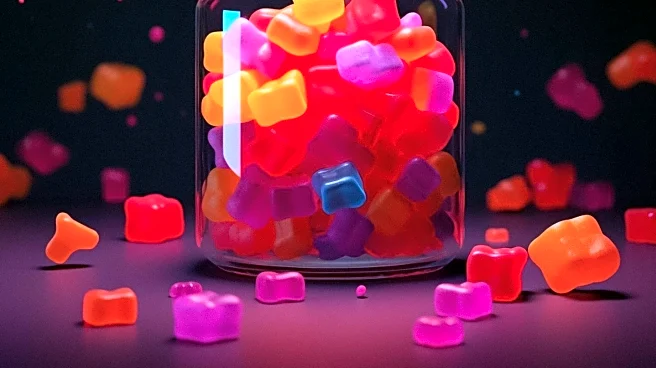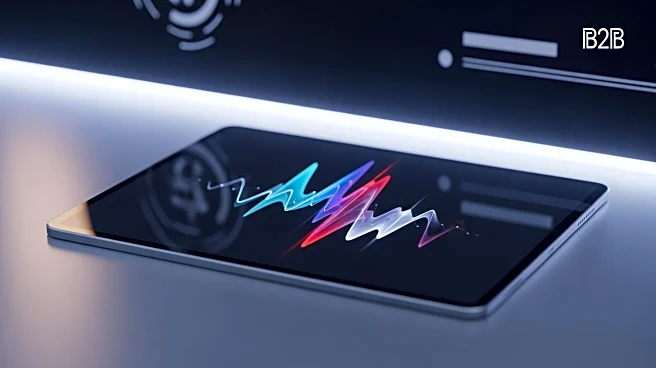What's Happening?
The no- and low-alcohol beverage market is experiencing substantial growth, driven by consumer demand for healthier and more mindful drinking options. The global non-alcoholic drinks market is valued at
$1.4 trillion, with the low-alcohol market projected to reach $28.5 billion by 2030. Gen Z and Millennials are leading the shift towards alcohol-free options, prompting innovation across beer, wine, and spirits categories. The rise of alcohol-free venues and sober social spaces is reshaping social norms around drinking.
Why It's Important?
This trend reflects a broader cultural shift towards health and wellness, with consumers increasingly seeking alternatives to traditional alcoholic beverages. The growth of the no- and low-alcohol sector presents significant opportunities for brands to innovate and expand into new markets. As younger generations redefine social drinking, the industry has the potential to create a more inclusive and health-conscious future, impacting public health and consumer behavior.
What's Next?
The industry is poised for further expansion, with opportunities to develop functional beverages that support sleep and focus, as well as premium offerings that rival traditional spirits. The rise of alcohol-free venues and sober social spaces opens doors for partnerships and community-building. Brands that invest in innovation and wellness-driven experiences are well-positioned to lead the next wave of growth in the no- and low-alcohol sector.
Beyond the Headlines
The shift towards no- and low-alcohol beverages may have long-term implications for public health, reducing alcohol-related harm and promoting healthier lifestyles. This trend could also influence regulatory policies and marketing strategies, as companies adapt to changing consumer preferences and societal norms.











